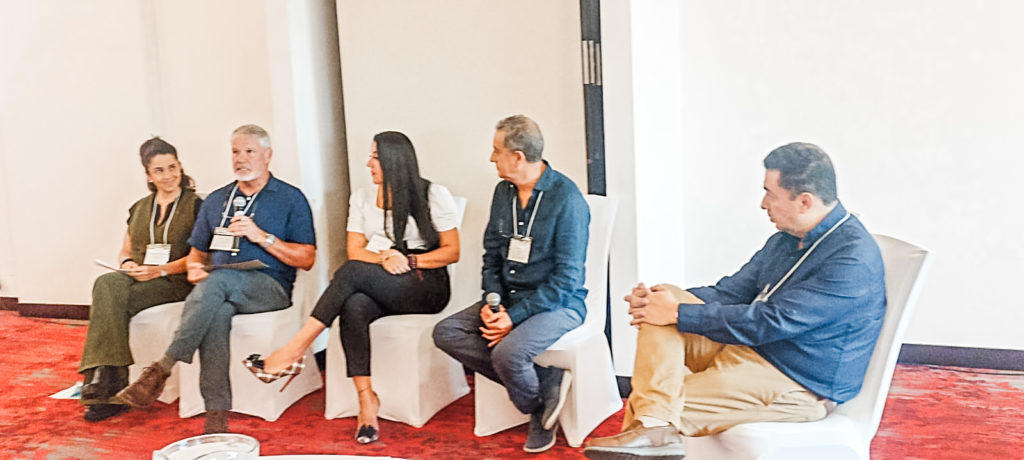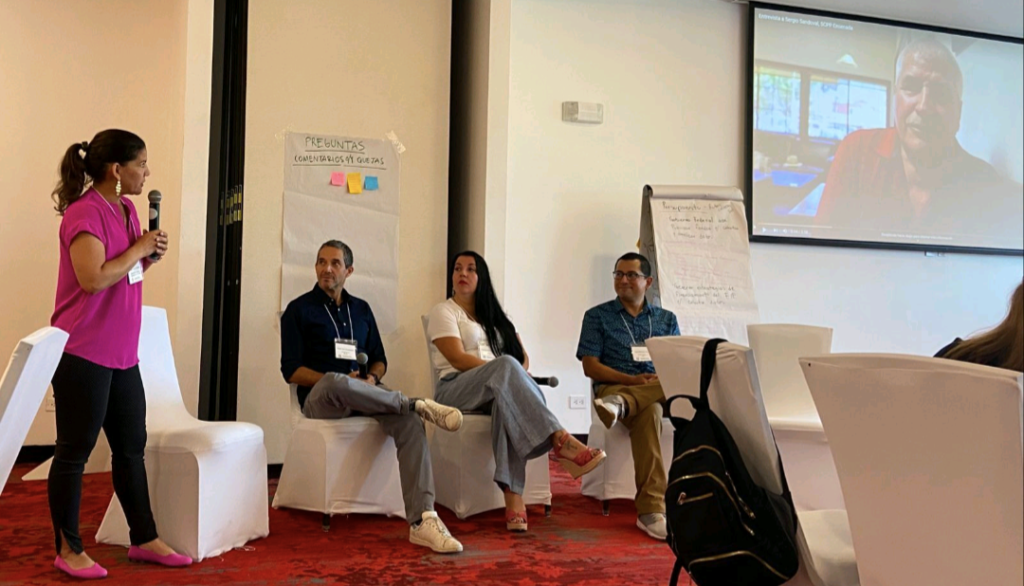I recently represented Seafarers, Inc. at a workshop in Costa Rica hosted by the Latin American Fishery Improvement Project (FIP) Community of Practice. During the event, I participated in two panels, providing a market perspective on FIPs and engaging in an open discussion about what happens when FIPs are completed.
The gap between FIP efforts and market demands is significant, especially for bottom-up FIPs that lack secured market access for their products and are actively seeking buyers.

While I fully support the need for environmental and social improvements in fishing practices, it’s evident that we cannot simply dangle the promise of certification to small-scale fisheries that lack the volume and buyers necessary to make certification economically viable.
In conversations with FIPs exploring certification, they couldn’t provide answers regarding the increased cost per pound for a certified product or whether they had commitments from buyers to purchase these certified products. This uncertainty raises concerns about the ability of their certified products to compete in a volatile commodities market.
I’ve encountered situations where companies were urged by US buyers to initiate FIPs. However, once the FIPs were established and the operational costs were factored into the product price, the buyers opted to purchase the same product from non-FIP sources. This unfortunate cycle leads to FIPs phasing out due to the unfulfilled market access promises, perpetuating engagement with unethical market actors providing cheaper products.
So, what’s the solution? It’s not merely creating more FIPs, but establishing financially sustainable FIPs with clear objectives beyond certification. These objectives should encompass a cost-benefit analysis and engage everyone in the supply chain: end buyers, importers, distributors, FIP implementers, and producers. Additionally, understanding the end buyer is crucial, considering their varied commitments—some seek only certified products, while others monitor improvements through FIP work and rely on NGOs for assessment of these products.
Traditionally, end-buyers usually require FIP products to meet their procurement policies. However, these commitments don’t always specify whether the products should bear their private label or the vendor’s, making the requirements less stringent. Some buyers lean on their NGO partners to assess risks and make informed decisions.
For years, the community advocated for FIPs to pursue certification. However, recent experiences reveal that certification is not always cost-effective or advantageous for small-scale fisheries. These fisheries have pressing community issues to address and often do not receive better prices or premiums for their certified products.

There’s a need for clear guidance and a structured approach for fisheries that opt not to pursue certification, allowing them to continue improving and report their efforts. This ensures that buyers who wish to support and source from these fisheries can do so without compromising their commitments and sourcing goals. We have an opportunity for industry stakeholders, FIP implementers, and NGOs to collaborate and create this path and ensure that fisheries can sustainably improve and adhere to best practices, even if certification is not feasible.
Certifications, FIPs, and ratings are not universally applicable solutions for every fishery and aquaculture operation worldwide. We must remember that these programs operate within complex socio-economic landscapes, necessitating a holistic approach that addresses both environmental improvements and socio-economic factors for lasting sustainability.